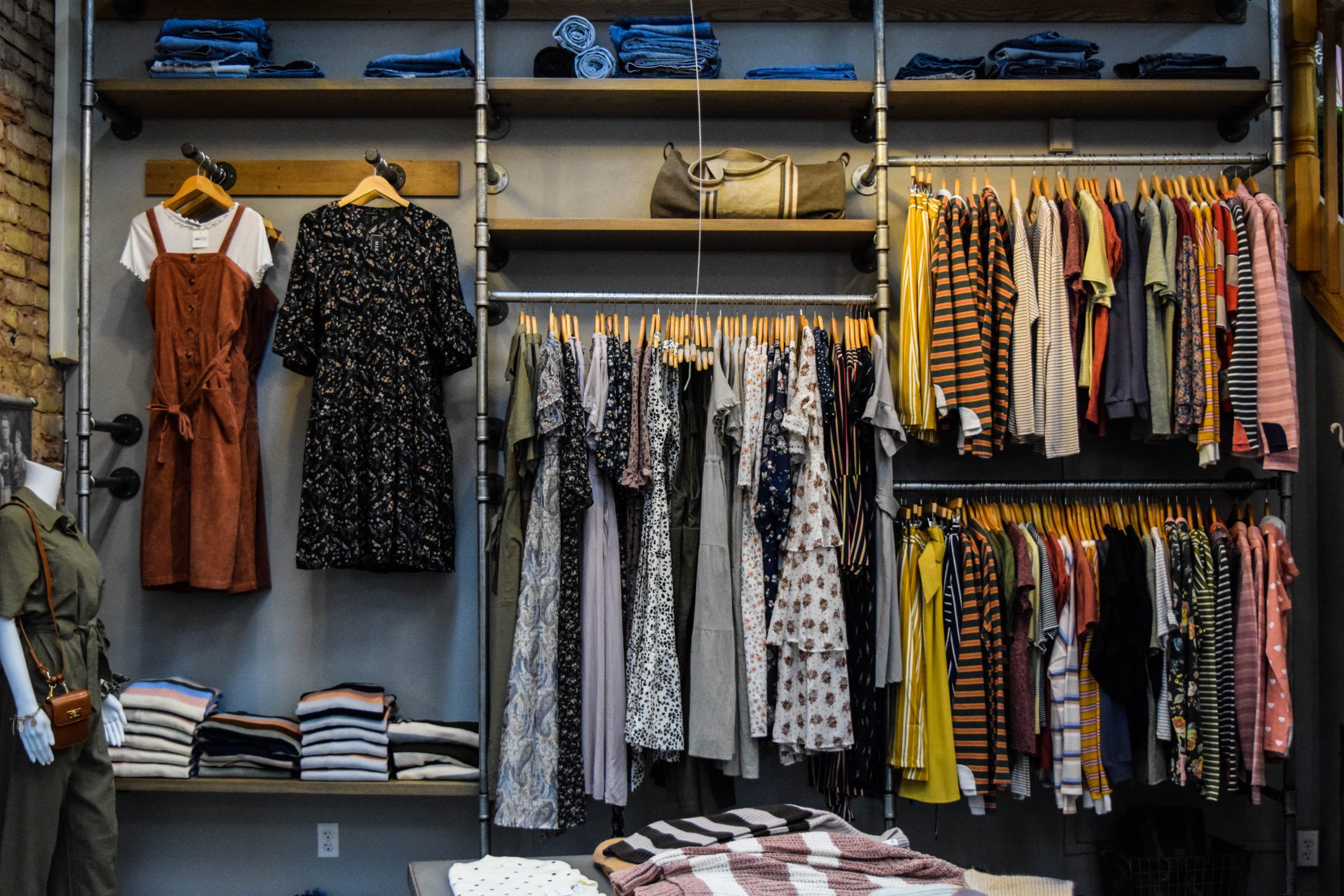
Senate’s New Dress Code Policy: Balancing Comfort and Respect for the Office
The United States Senate, long known for its formal and dignified atmosphere, is undergoing a subtle transformation. Majority Leader Chuck Schumer recently announced that the Senate’s dress code policy will no longer be enforced, allowing senators to choose their attire freely while on the Senate floor. This decision follows Pennsylvania Sen. John Fetterman’s unapologetic embrace of casual attire during his Senate duties, a move that has sparked both support and criticism. In this blog, we will delve into the Senate’s new dress code policy, examining its implications, and offering a perspective on the balance between comfort and the respect that clothing choices convey.
Does the US Senate have a Dress Code?
Yes, the U.S. Senate has historically adhered to an informal dress code, although it was not explicitly written down. According to Forbes, “The Senate dress code is enforced by the Sergeant at Arms, but as Axios notes, it does not appear in the official written rules for the chamber.” Senators were expected to dress formally, typically in suits and ties for men and similarly formal attire for women. However, recent developments indicate a shift away from enforcing this dress code, allowing senators more flexibility in their attire choices while on the Senate floor.
What is the actual Dress Code for a Senator?
The Senate’s dress code has been an unspoken standard for years, ensuring that senators present themselves in a manner befitting the gravity of their roles. However, the recent shift in policy marks a significant departure from this tradition. While Majority Leader Schumer stated that senators can now choose what they wear on the Senate floor, it is essential to recognize that this decision applies solely to senators and not to staff members.
The formal dress code for senators traditionally required them to wear business attire, typically consisting of suits, ties for men, and similarly formal attire for women. However, it is essential to recognize that this dress code was not formally codified in any official Senate document. Instead, it was a longstanding unspoken tradition that conveyed the respect and decorum associated with the Senate.
What Article of Clothing Was Banned on the Senate Floor Until 1993?
Until 1993, it was against Senate rules for women to wear pants on the Senate floor. This ban, which seems outdated by today’s standards, reflected the more rigid gender norms of the time. However, this rule was eventually overturned, allowing female senators and staff to wear pantsuits and other professional attire without restriction, aligning with changing societal norms and expectations.
The Argument for Comfort
Sen. John Fetterman’s choice to wear shorts and casual attire while performing his senatorial duties stems from a desire for comfort. His decision has raised questions about the importance of comfort in a high-stress environment like the Senate. Fetterman’s willingness to challenge the dress code reflects a broader movement toward prioritizing personal comfort and authenticity.
The Significance of Attire in the Senate
Clothing choices often convey a message, and in the Senate, they can signify respect for the office and the institution itself. Some senators, such as Kansas Sen. Roger Marshall and Republican Sen. Susan Collins of Maine, argue that relaxed dress code rules undermine the dignity of the Senate. Marshall suggests that dressing formally is a way to honor the institution, much like one dresses up for significant events like weddings or funerals.
The Balance between Comfort and Respect
Finding the balance between comfort and respect is at the heart of this debate. While personal comfort is essential, senators also have a responsibility to uphold the Senate’s traditions and the respect it commands. It’s worth noting that not all senators are opposed to the new dress code policy, with some, like Missouri Sen. Josh Hawley, embracing the opportunity to dress more casually on certain occasions.
Why Does a Dress Code Need to be Changed?
The Senate’s decision to relax its dress code policy raises important questions about tradition, comfort, and the message that clothing choices convey. As the Senate continues to evolve, it remains to be seen how senators will strike a balance between personal comfort and the respect owed to their esteemed institution. Ultimately, the debate over the Senate’s dress code policy highlights the broader conversation about change and tradition in the modern political landscape.
How the Office Dress Code is Changing
In light of the transformative impact of the COVID-19 pandemic on our work habits and lifestyles, our perspectives on workplace attire have undoubtedly shifted. The conventional wisdom regarding what to wear to work, as outlined in articles like the one from U.S. News & World Report, may now seem somewhat outdated. The pandemic forced many of us into a remote work environment, where the daily ritual of donning business attire gave way to more casual and comfortable clothing.
As we gradually transition back to in-person work settings, the lines between traditional office attire and remote work comfort may blur. This evolution not only applies to the Senate’s evolving dress code policy but resonates with a larger societal shift. Individuals returning to offices and workplaces post-pandemic are reevaluating their attire choices, having grown accustomed to the comfort of remote work attire. Companies are grappling with how to define dress codes in this new reality.
It’s worth noting that comfortable clothing options, such as knit blazers or stretchy trousers, can play a pivotal role in striking a balance between comfort and professionalism. Just as the Senate navigates the fine line between tradition and personal comfort, individuals and organizations must find ways to adapt to changing expectations while maintaining respect for the roles they fulfill. In doing so, they can foster a workplace environment that embraces both comfort and professionalism in this ever-evolving landscape of work attire.
—
In this ever-evolving landscape of attire choices, I invite you to explore how personal style and professionalism can coexist harmoniously. Whether you’re an individual looking to refine your professional image or a company in need of a well-crafted dress code, I’m here to assist you. Contact me today to embark on a journey toward your signature style or to collaborate on developing a dress code that reflects your company’s values and vision. Together, we can navigate the changing tides of attire with confidence and purpose.
Visit my Website: www.imagepowerplay.com
Connect with me on LinkedIn: https://www.linkedin.com/in/sheilamooreanderson/
Schedule a discovery call: https://calendly.com/sheilaanderson
- Dressing for Success: Navigating Conference Attire in the Post-COVID Era - November 15, 2023
- Senate’s New Dress Code Policy: Balancing Comfort and Respect for the Office - September 22, 2023
- Stand Out in the Startup World: Building Your Personal Brand with a Signature Style - July 4, 2023






